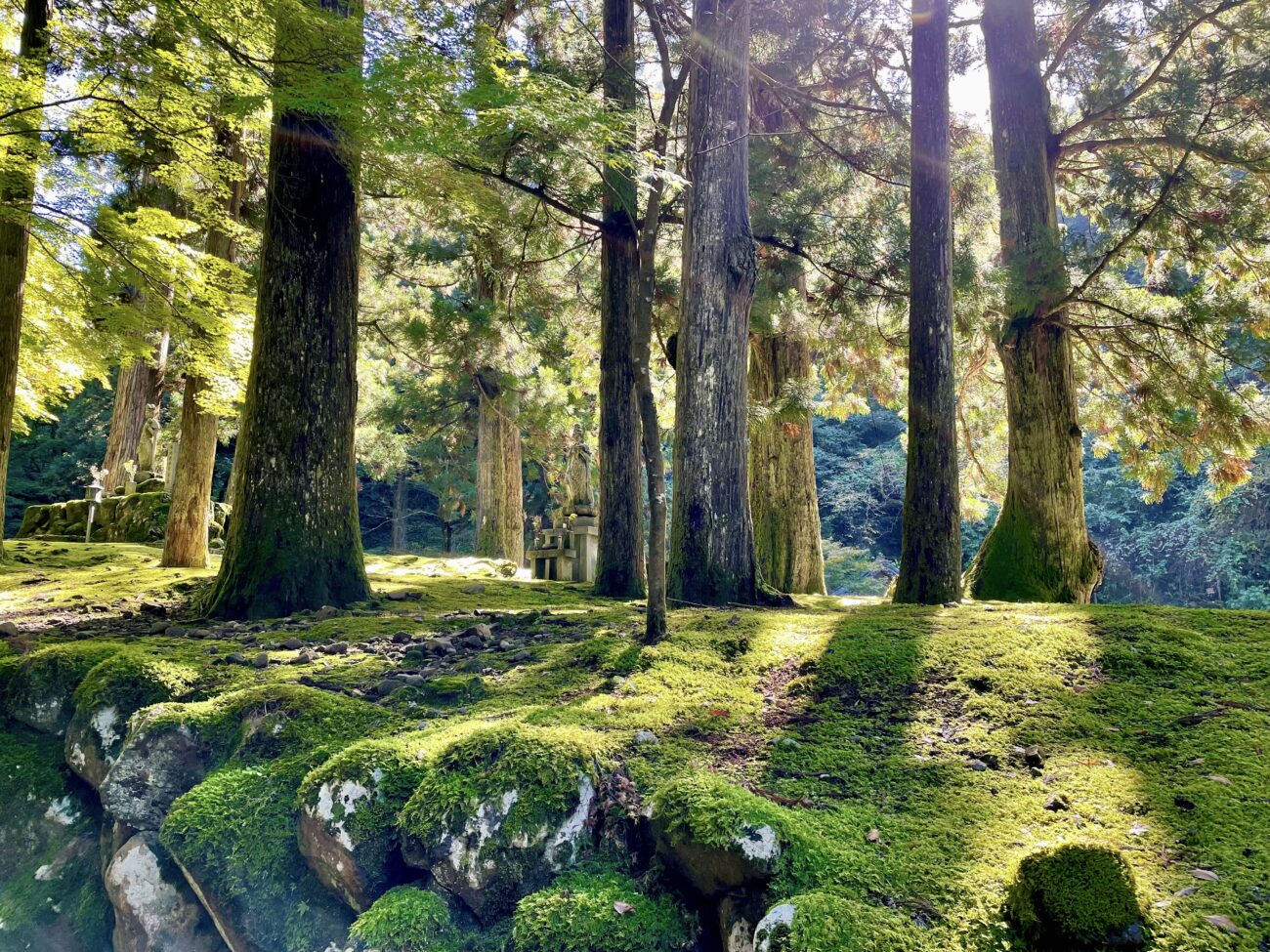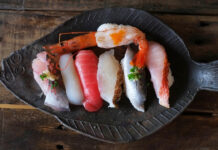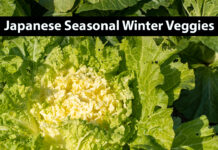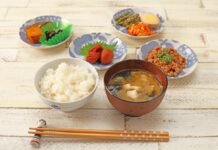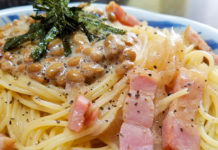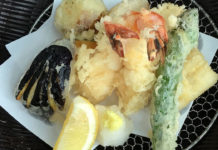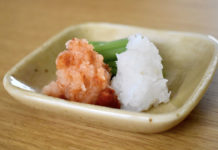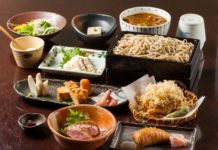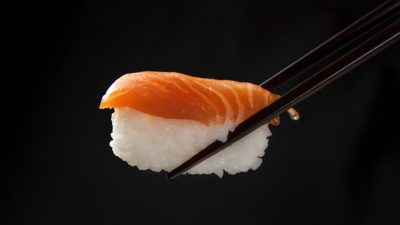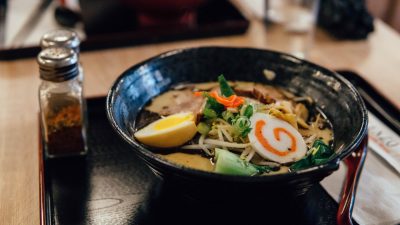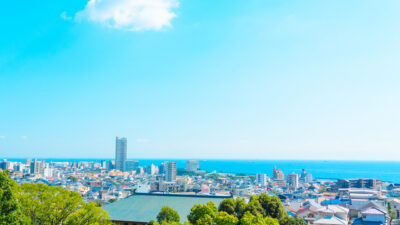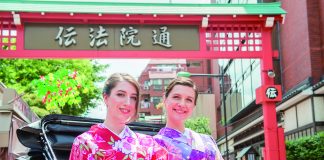The Rich History and Cultural Significance of Oden
From cherry blossoms to cicada songs, Japan is a country that has certain cultural signifiers to indicate the official change of seasons. One fall giveaway is if you live in a place surrounded by red foliage. However, for city-dwellers in Japan and soup lovers alike, the true start of the autumn season is when they have their first taste of oden.

If you want to know more about “Traditional Japanese Dishes”, please read here.”
Long History of Oden Japanese Food
Oden, for the uninitiated, is a staple autumn and winter dish in Japanese food that comprises fishcakes, tofu, radish, konjac, boiled eggs, kelp and anything that can soak up the flavor of the broth or contribute to the flavor of the broth.
With origins said to go back over a thousand of years and developed into what we know as its modern form over centuries, oden is deeply ingrained in Japanese heritage and culture. This savory soup is significant for Japanese people of any age because the taste and smells elicit memories of family, friends and universally fond times of home and comfort. Though there are some regional preferences of how it is served, nobody can turn down the delicious aromatic bowl of hearty soup.

Japanese Oden as a Cool Weather Combini Staple
With the weather getting cooler in the Japan autumn season, it’s not hard to find a shop that’s brewing up oden because the delicious smell of dashi on the brisk wind will lure you to a bowl of oden no matter where you are. One of the most common places to find them, oden stalls can be seen in combini (convenience stores) all across Japan from the autumn season until the end of winter.
Japan started selling oden at 7-Eleven stores in 1977 and it quickly became one of Japan’s most famous fast-food choices. To make your oden, grab a bowl and pick whichever morsels you fancy from the selection of all the most popular traditional ingredients, pour in the soup and pay at the counter, where you’ll be asked if you’d like miso sauce, Japanese mustard or yuzu kosho (yuzu pepper paste) as a condiment.

Different Kinds of Japanse Oden Toppings
Because different regions of Japan have different condiments of choice, you can learn a lot about people’s regional cultures of Japan by seeing the kind of condiments they prefer for their oden! For example, if you are from Nagoya which has a strong miso-culture, you’re pretty likely to choose miso to go with your oden over any other choice. As you travel across Japan, make note of the differences and you can decide your oden preferences as well, or be like me and just savor it all!

The Tasty Texture of Japanese Oden in Autumn
The dish is reminiscent of something in Singapore called Yong Tau Fu, which means stuffed tofu. However, various vegetables, not just tofu, are also stuffed with fish paste, and lots of other ingredients including hanpen (fishcakes) are also available for the picking.
That said, the sight of floating white marshmallow-like things in the soup does seem strange. These white fluffy things are hanpen, which is a savory meringue-like ingredient usually made with surimi (fish paste), egg whites, salt, mirin, sugar and other seasonings. Its light taste offsets the more piquant flavors of the broth and other ingredients.

Unique Oden Styles in Japan
Shizuoka Prefecture is famous for its “black hanpen”, which is darker because it uses fish like mackerel and sardines rather than cod for the fish paste. Black hanpen is fished from the oden after soaking up plenty of broth, grilled on both sides and served with a generous topping of “dashiko,” a common spice mix consisting of aonori seaweed and katsuo bonito flakes, sprinkled on top for the ultimate taste of umami.
So, the next time you are in a convenience store or izakaya during the Japanese autumn season and into winter, don’t forget to give this timeless culinary classic a try!
 0
0


